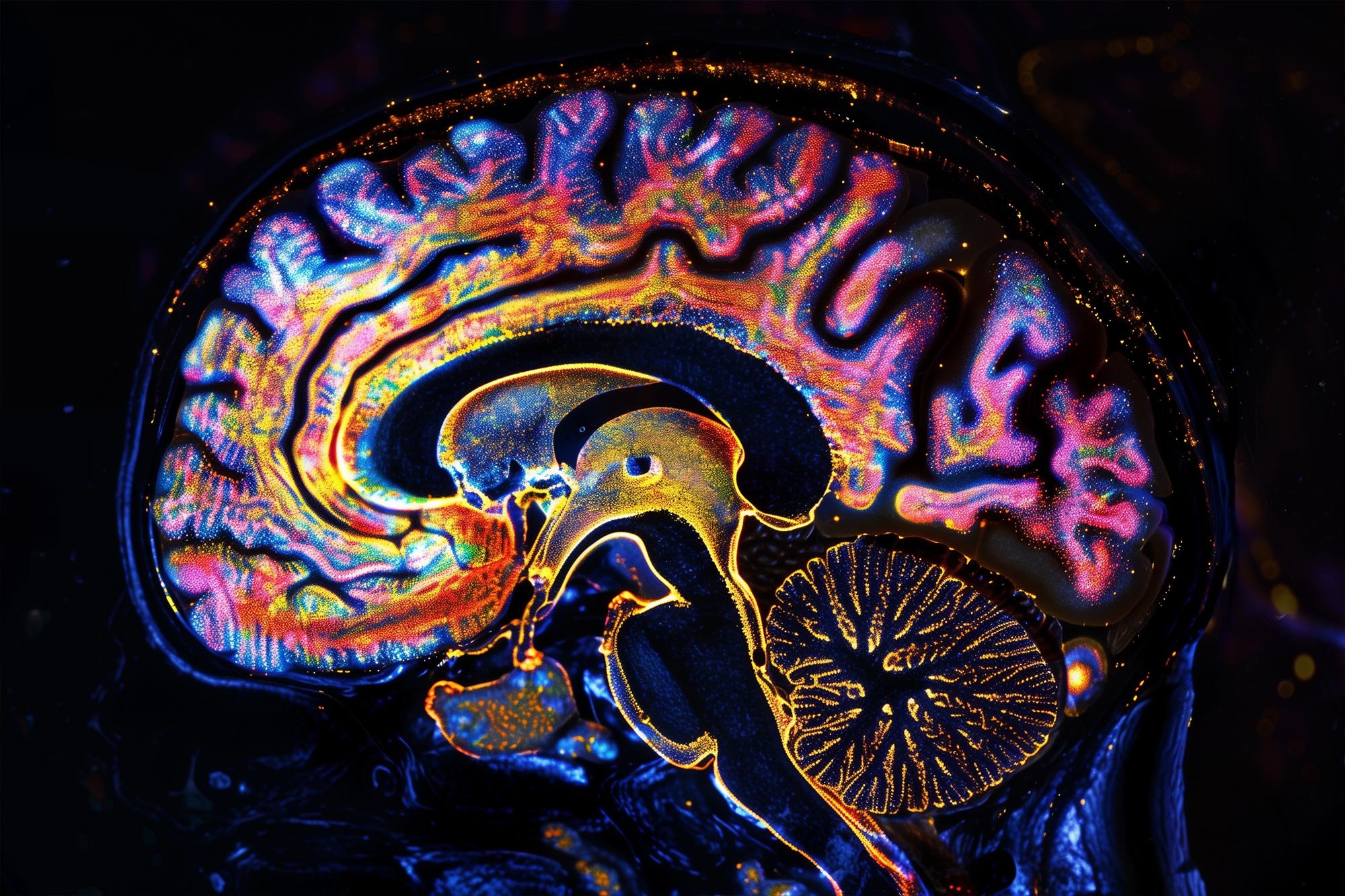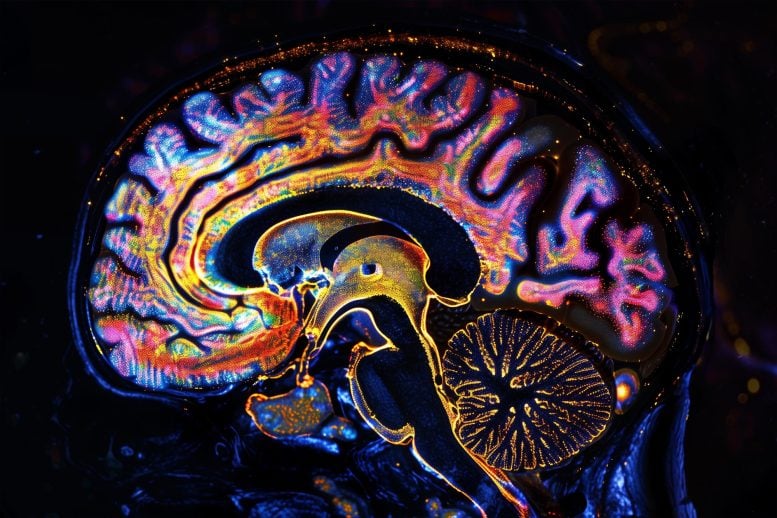

Researchers have developed a novel fluorescent probe that precisely detects serotonin, a key factor in diagnosing and treating depression.
This probe differentiates serotonin from similar molecules and illuminates its presence within cells, providing new insights into depression mechanisms.
Serotonin Imaging
Serotonin plays a crucial role in the diagnosis, treatment, and development of drugs for depression. A team of scientists in China has developed a highly sensitive and selective fluorescent probe for imaging serotonin. Their preliminary results, published in the journal Angewandte Chemie, include findings from both cell and animal models.
Depression is a major public health issue globally. Current treatments often fall short, largely because the underlying mechanisms of depression remain elusive. Recent research suggests that depression involves more than just reduced serotonin levels.
Advancements in Fluorescent Probing of Serotonin
To examine the role of serotonin in depression, a team led by Weiying Lin at Guangxi University (China) wanted to develop a highly selective molecular fluorescent probe. The problem with this is that serotonin’s structure and chemistry closely resemble other biomolecules, such as melatonin and tryptophan. However, precise analyses have revealed subtle differences in reactivity. The team designed a special reactive group (3-mercaptopropionate) that can react very selectively with serotonin via a cascade reaction. They attached this reactive building block to a fluorescent dye (dicyanomethylene-benzopyran derivative).
Mechanism of the New Serotonin Probe
Attachment of the “appendage” initially switches the probe “off.” If it encounters serotonin, one section reacts first (SH group of the reactive building block binds to a double bond in serotonin, thiol-ene click reaction). Afterward, facilitated by proximity, a second bond is formed (nucleophilic reaction between an amino group in serotonin and a carbonyl group in the reactive building block). As a result, the building block is removed from the fluorescent dye and its fluorescence is switched “on.” The probe selectively and sensitively indicates the presence of serotonin, even inside cells.
Observations From Cell and Animal Models
The team used the probe to image a neuron cell line that can be made into a model for depression by the administration of corticosterone. It turned out that the serotonin level in the normal and “depressed” cells was nearly equally high. However, the depressive cells were able to expel significantly less serotonin in response to stimulation. Administration of the current antidepressive drugs (serotonin reuptake inhibitors) slightly increased the release.
Implications for Depression Treatment
According to a hypothesis, mTOR, a biomolecule that plays a role in many cellular signaling pathways, could be related to a reduced ability to release serotonin. The team observed that with the mTOR activators, the serotonin release in the depressive cells was significantly increased, while the mTOR inhibitors reduce serotonin release from the normal cells. All results could be confirmed in the neuron and mouse models.
These imaging studies suggest that the serotonin level in the model for depression is not the primary factor. The ability of neurons to release serotonin seems far more critical. This ability correlates strongly with the activity of mTOR, which could point the way to advancement in the treatment of depression.
Reference: “Development of a Fluorescent Probe with High Selectivity based on Thiol-ene Click Nucleophilic Cascade Reactions for Delving into the Action Mechanism of Serotonin in Depression” by Lizhou Yue, Huawei Huang and Weiying Lin, 12 July 2024, Angewandte Chemie International Edition.
DOI: 10.1002/anie.202407308